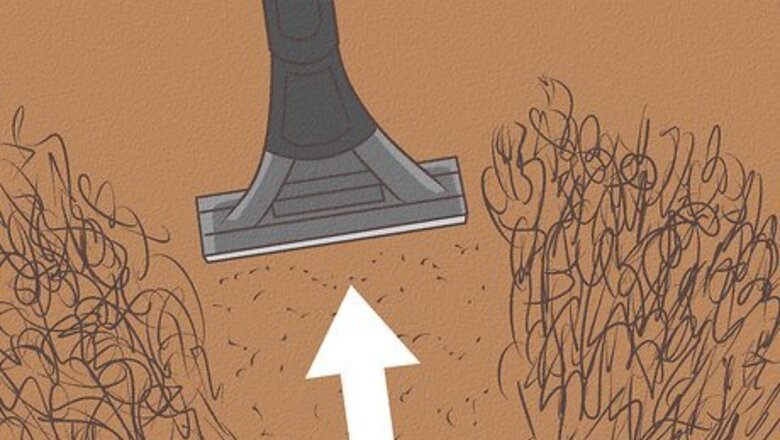
views
Preventing Ingrown Hairs While Shaving
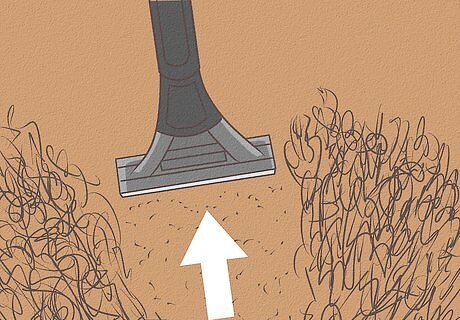
Use a sharp, single-blade razor to shave. One of the biggest mistakes you can make when shaving your pubic area, is to use a dull blade. Use a razor that is sharp enough to cut the hair without having to go over it again and again. Depending on how often you shave, you may need to replace your blade every month or so. Some people switch out blades after five uses, but determine what works best for you. Use a single-blade razor. This will actually be more effective in cutting the hair, so long as it’s sharp. Remember to shave in the same direction that the hair is growing. Otherwise hairs could actually get stuck as they are growing back, thus causing ingrown hairs. While electric razors may be suitable for most parts of your body, refrain from using one on your pubic area.

Try hypoallergenic shaving cream. Use a shaving cream that is designed for sensitive areas. As with any product you apply to your skin, test a little bit of it on another part of your body before using it on your pubic area. Don’t skip the shaving cream. Just try to avoid ones that are scented, as this could irritate your skin. Men may want to consider using women’s shaving cream for the pubic region, as many of the shaving creams marketed to men contain a perfume or scent.

Rinse the razor. Always make sure to rinse your blade off after every stroke. This will help to prevent buildup, which puts you at risk for ingrown hairs. As more hair and skin builds up in your blade, you are at a greater risk for cutting yourself or for having to go over the area multiple times.
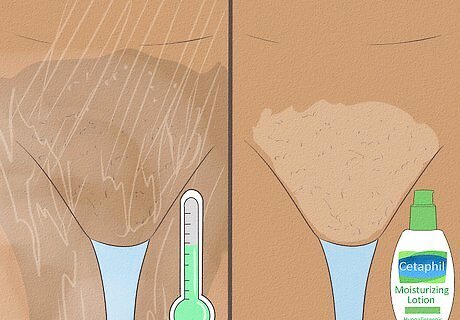
Use warm water and moisturizer afterwards. After shaving the area, rinse it with warm water. Next, you’ll want to apply a moisturizer, but don’t need to overdo it. Simply apply a very fine layer to the skin. An alternative to moisturizer is aloe vera or baby oil. However, men should remember to never use aftershave. It would be extremely painful! Fragrance free is always the way to go. Look for moisturizer that specifically targets sensitive skin as well.
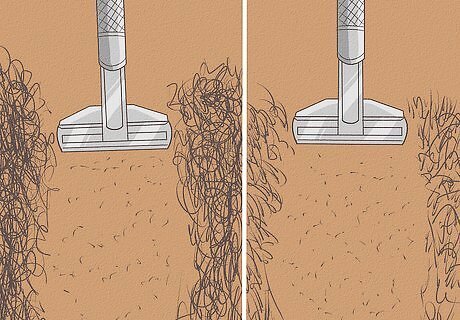
Don’t shave too often. Shaving too often is a sure way to develop ingrown hairs. If you don’t allow your skin time to heal and give the hair time to grow, you will risk trapping hair under the skin. Wait until the hair has grown back. Never go over stubble or an ingrown hair with the razor. This will just cause further irritation.
Using Other Products To Prevent Ingrown Hairs

Trim the hair instead of shaving. As an alternative to shaving, try trimming the hair with scissors instead. Simply pull the hair away from your body and trim it. Do not use dull scissors. Invest in a pair of scissors that are designed specifically to cut hair. Be careful not to cut yourself though by trimming the hair in a well lit area.

Exfoliate your pubic area regularly to prevent ingrown hairs. Exfoliation helps to remove dead skin cells, which contribute to issues with ingrown hairs. Get in the habit of exfoliating 2-3 times a week. Use a loofah or a wash cloth. Gently rub the area, but don’t scrub too hard. You can either exfoliate in the shower or prior to showering. Stop exfoliating if you notice the area is red or irritated. Give it a week or so before resuming your exfoliating routine.

Use chemical hair remover. There are various products on the market, which allow you to chemically remove your hair from home. Typically, they are inexpensive and easy to use. However, there are some risks associated with using chemicals. Always test the product on another part of your skin prior to applying it to your pubic area. Watch for a reaction or irritation and discontinue use if one occurs. Keep the product away from your genital areas. Only apply it to the hair. Be sure to read the directions prior to applying the product so that you know how long to keep it on for. Have a timer and a wash cloth on hand so that you can effectively remove the chemical when the time is up. Chemical hair removers are more effective than shaving; however, the results do wear off more quickly than if you were to wax.
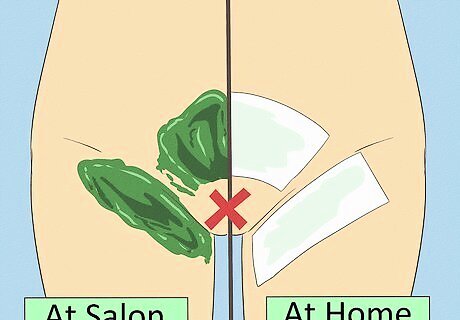
Try waxing as an alternative method to chemicals. If you’d like to try an alternative method to chemical hair remover consider using wax. Wax can be applied either at home or in a salon by a professional. Costs associated with waxing are typically minimal, particularly if you choose to try waxing yourself at home. In order to effectively use wax, your hair should be at least one fourth of an inch in length. There’s no need to have an exact measurement, but keep in mind that the wax needs something to grab onto. If the hair is too short, the wax will not be effective. Always try a strip on another part of your body to test for any reactions prior to applying it elsewhere. Be sure to have towels and enough wax on hand. As with chemical hair removal, wax should only be used on the hair and should not come in contact with your genitals. There are risks associated with attempting to wax yourself, such as burns and infection. Ideally, you should seek the help of an experienced professional to avoid injuries.

Consider a permanent hair removal process. If your budget allows, consider removing the hair permanently. The most efficient (and costly) method for permanently removing hair is laser hair removal. There are many benefits to laser hair removal including precision and speed. However, be prepared for multiple visits, as it takes anywhere from 3-7 sessions to complete the process. Always do your research prior to getting the treatment. You’ll want to know about the doctor’s experience, treatment plan and the cost. Additionally, you’ll need to understand what steps you need to take prior to hair removal. You may need to limit how often you wax or shave in the six weeks leading up to the treatment. Typically, you need to avoid exposing the area to the sun before and after as well.
Treating Ingrown Hairs in the Pubic Area

Don’t pluck ingrown hairs. One of the worst things you can do is to pluck or pick at ingrown hairs. Doing so will put you at risk for infection and scarring. Wait for the hair to grow out before treating it. Attempting to shave the hair will only cause further irritation.

Refrain from wearing tight clothing and undergarments. You may not realize it, but your skinny jeans aren't helping an ingrown hair problem. Tight clothing and undergarments actually make it difficult for your skin to breathe, which is one of the culprits of ingrown hair. Cotton is the way to go for both undergarments and clothing, as it allows your skin to breathe properly.

Monitor ingrown hairs for signs of infection. If you do spot an ingrown hair, be sure to monitor it for signs of infection. If the area is red, tender, itchy or filled with pus, that may indicate that the hair follicle is becoming infected. Call your doctor immediately if you feel a fever coming on or if the redness begins to spread to other areas. Otherwise, keep the area moisturized and let it breathe by wearing loose clothing. Do not attempt to shave the area or pick at it in any way.














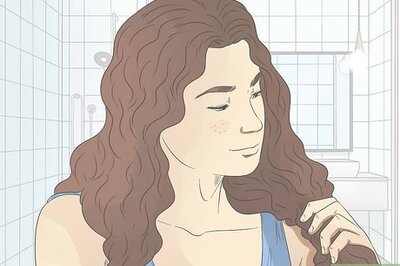
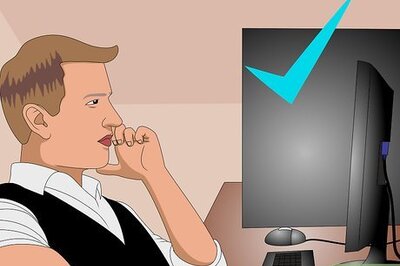




Comments
0 comment